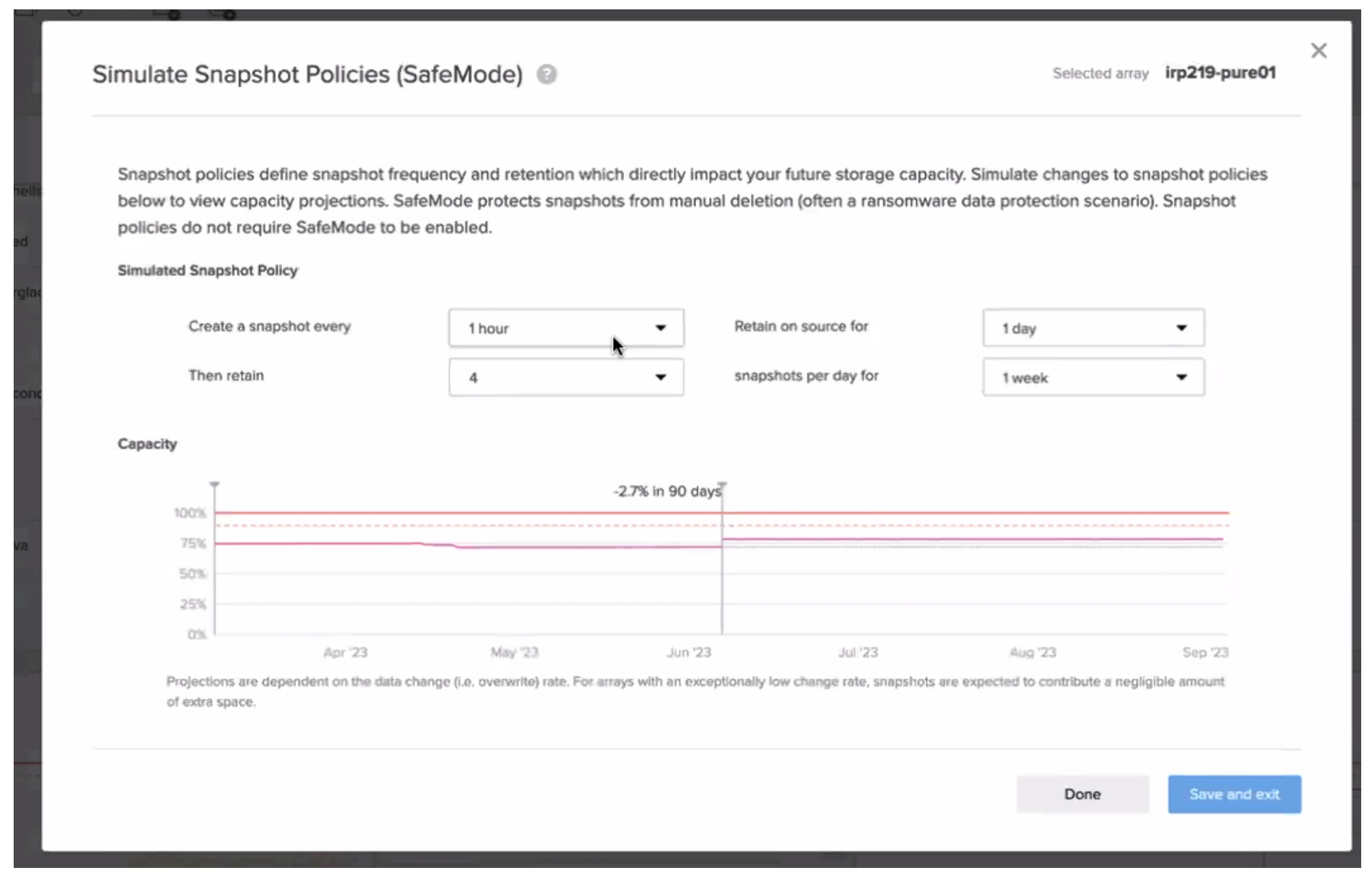Many times in the past, I’ve written about the Copy Data Protection / Copy Data Management (CDP/CDM) space. The concept of backup and recovery has dynamically changed over the past few years. It seems that for the first time in quite a while, backup is sexy. These platforms are far more than backup, though. Today, it is no longer challenging to get a full backup of your environment and archive it to tape, meeting the demands of Recovery Point Objective and Recovery Time Objective (RPO and RTO). The idea that you’ll need to struggle to meet these objectives is no longer as pressing an issue. The more important part of the equation is how to make our data work for us, regardless of where it’s located, and how to ensure that our data becomes a quickly discoverable asset when it comes to litigation. Accessibility is key, and the Object Engine, and how the metadata is handled makes that so.
The idea that a company can hold liability toward their transactions simply because recovery or discovery of that relevant data is impossible doesn’t carry water. With a modern architecture, organizations are able to protect themselves against the legal ramifications, as well as ransomware, data loss, regulatory issues, and still be able to accurately and rapidly recover data from a lost state.
When the backup landscape changed from disk to tape and modernized to disk to disk architectures, we still had problems in locating the data required for accurate recovery. Software and metadata tracking allowed for far better data awareness and remains mission critical.
I’ve written about Pure Storage many times, touting the innovations I’ve seen from the company. I find that they’re filling gaps in the storage portfolio with each new offering. They have so many smart, and customer-friendly business practices, that the categories are becoming more and more difficult to fill. But the CDP/CDM space as of yet hasn’t been in their portfolio. Of course, with built-in, no additional cost replication, they’ve come to a point, but nothing like the true promise of data accessibility, which allows CDM/CDP to truly sing.
Data Protection Takes a Giant Leap Forward

Enter ObjectEngine: Compatible with many backup software platforms, including Veeam, Commvault, Veritas, etc., ObjectEngine leverages the power of Pure’s all-flash architecture environment. To be clear, it still relies on backup software to orchestrate and manage all backup and recovery operations, including CDM. But by complementing their backup infrastructure with ObjectEngine and Pure Storage FlashBlade, depending on the deployment model, an organization can be sure that their data will be available wherever it is, with rapid recovery as needed and full metadata tracking across all platforms (including the cloud partner ecosystem). Leveraging Pure’s industry standard of deduplication and compression, data movements and jobs become much smaller, but rehydration is very rapid. And a key feature of this technology is the notion of a single, global namespace. That means ObjectEngine can extend its efficient, variable-length, block-level deduplication to all data it manages, regardless of whether that data was born on-premises, migrated to the cloud or created natively in the cloud. This will help customers overcome the data silos that backup appliances and tape present.

Summing it Up
I find that the approach of integrating across the board, all data management and all storage gives a leverage to the customer that really brings a new paradigm to the space. I’ve looked at the competitors and have written quite extensively about them. But what I have been unable to see is a full-platform vision as to how these actions transact through initial data storage, and all the way to data recovery and analysis. To be fair, I see others moving in this direction, but none with the complete stack on the storage side that is addressable from the data management side.
Is it a panacea? Well, we’ll find out as the product hits mainstream, but to my eyes, this is a massive leap forward.




